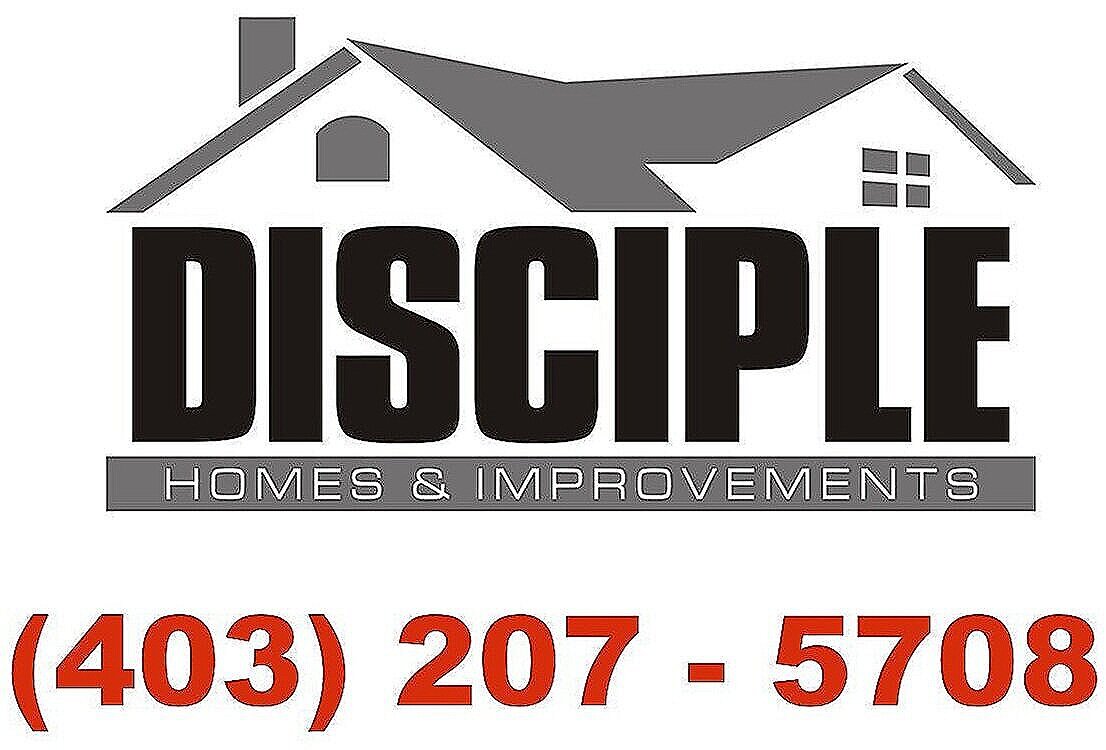The Problem with Poly-B Plumbing
Poly-B (Polybutylene)
Poly-B was the first plastic plumbing pipe manufactured as a cheaper alternative to expensive copper piping. This type of pipe was installed extensively in the early 1970s until the early 1990s. It was thought to be a great alternative at the time and was originally tested and certified by the Canadian Standards Association. These water systems have functioned without failure in many homes for extended periods of time ranging from 10 to 25 years. Following this time frame, in almost all instances, Poly-B pipe failure has happened. It is not a matter of if the pipe will fail but how long until the pipe fails.
If you’re not sure whether or not you have Poly-B plumbing, look for light gray plastic pipes anywhere there is exposed plumbing (under the sink, connected to the water metre, in the mechanical room, or by the hot water tank). The pipes have a label of PB2110 on the side of the pipe or are stamped with Poly-B potable. If you have Poly-B pipes and they feel flexible or soft with pressure, then they have decayed to a state where they are about to fail.
The use of this type of pipe has been discontinued in residential applications as eventually, over time, the pipe begins to leak, causing damage to the home. Poly-B has been found to be vulnerable to high temperatures, high pressure, chlorine, and UV rays. One of the problems with Poly-B is that the pipe may look fine from the outside, but it is slowly deteriorating from the inside and could rupture at any moment. There’s just no way to tell. Some Poly-B plumbing can leak behind drywall and not be discovered until it is a huge issue - not just water damage, but also mold.
Many insurance agencies will not insure houses with Poly-B piping or will charge a higher premium because Poly-B piping can unexpectedly fail at any time. As lines often run through kitchens, bathrooms, laundry rooms and outside faucets, it affects the whole house. Replacement of Poly -B is a big job and is very material- and labour-intensive. The replacement cost on average can run from $10,000 to $20,000 or more depending on the size of your home. This price includes replacing and repairing the damage done to walls and ceilings in order to access the lines. It can take at least 10 working days to complete. To replace the Poly-B lines, most contractors now use PEX (cross-linked polyethylene) line which is a clear or white plastic line that comes with a 25-year warranty.
Problems with Poly-B piping were found for the following reasons. Poly- B pipes don’t handle hot water or chemicals like chlorine very well and begin to break down quite rapidly. High temperatures cause Poly-B to fail more rapidly, and Poly-B was often installed near high-heat areas including hot water tanks or other areas with high temperatures. Another problem includes the plastic fittings used to connect the pipes to each other. The fittings can also crack and leak over time. In some cases, the pipes were improperly installed and the fittings were too tight, causing small cracks and thus leakage. Water pressure was also an issue. If you live in an area with high water pressure, this could cause an already weakened joint to rupture.
If you have an in-floor (hydronic) heating system that uses Poly-B, it can be a significant concern. Poly-B is oxygen permeable. Normally the water in the heating system becomes deoxygenated within about the first year after installation. Poly-B pipe allows oxygen to cross from the surrounding air into the water in the heating system (unlike other types of piping). The oxygenated water can cause premature rusting of the heat exchanger in the system and early failure of the boiler.
If you have Poly-B plumbing in your home, you may have to make some repairs or replace the plumbing entirely. Call Disciple Homes & Improvements Inc. at 403-207-5708 for a free quote.


